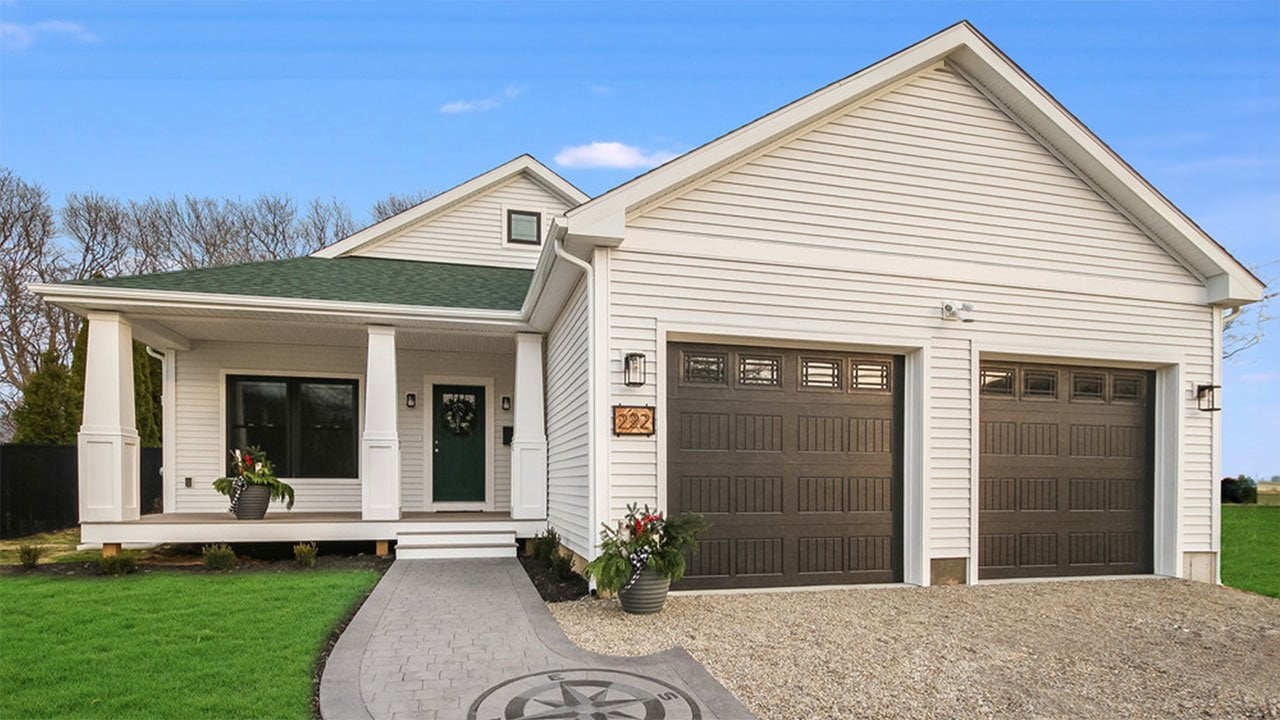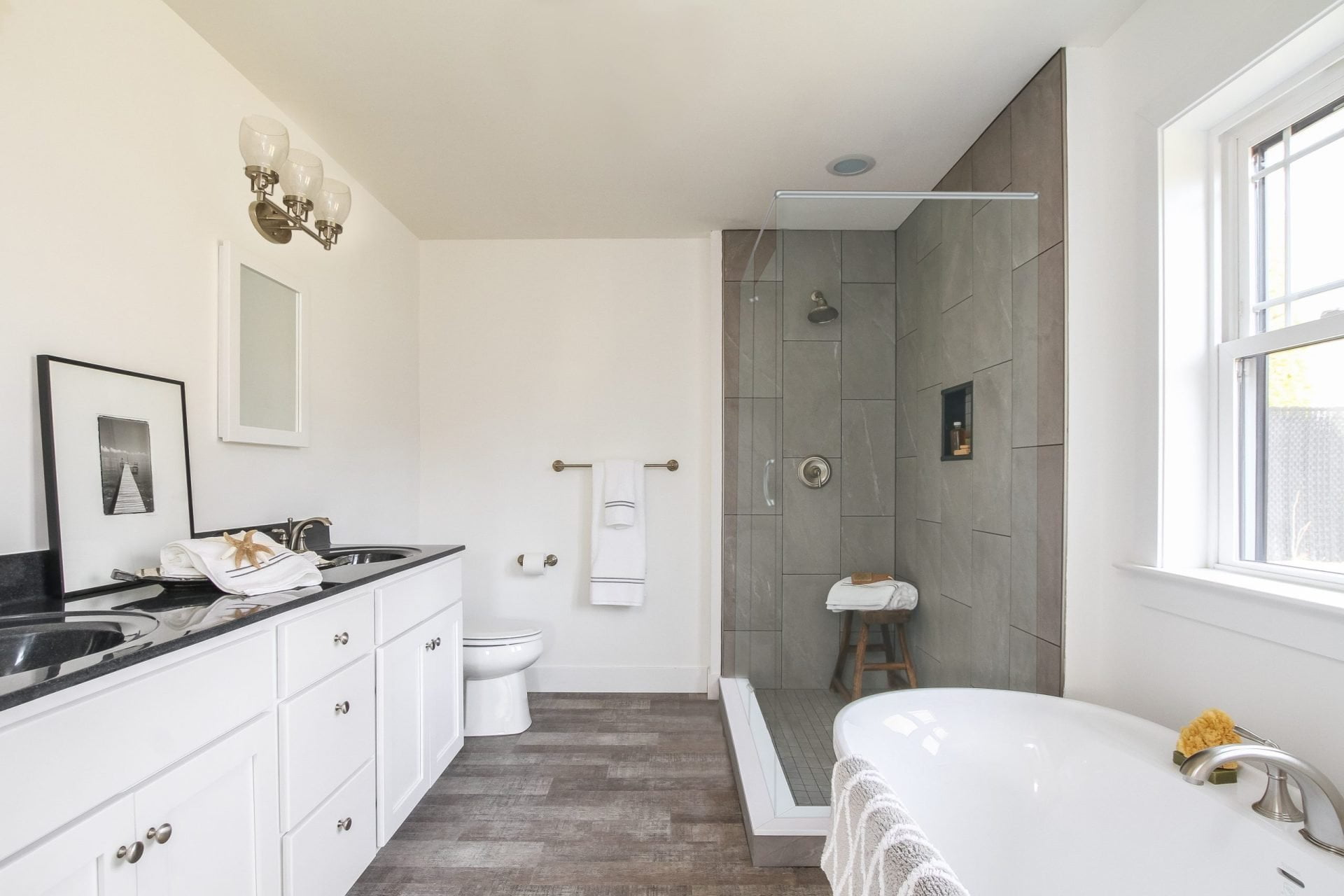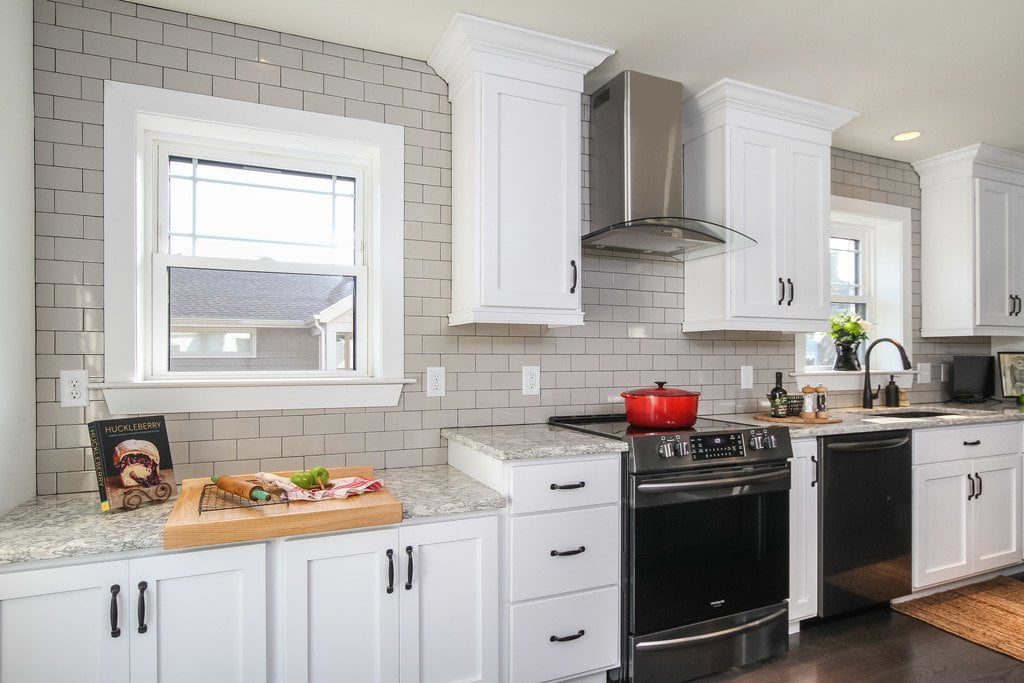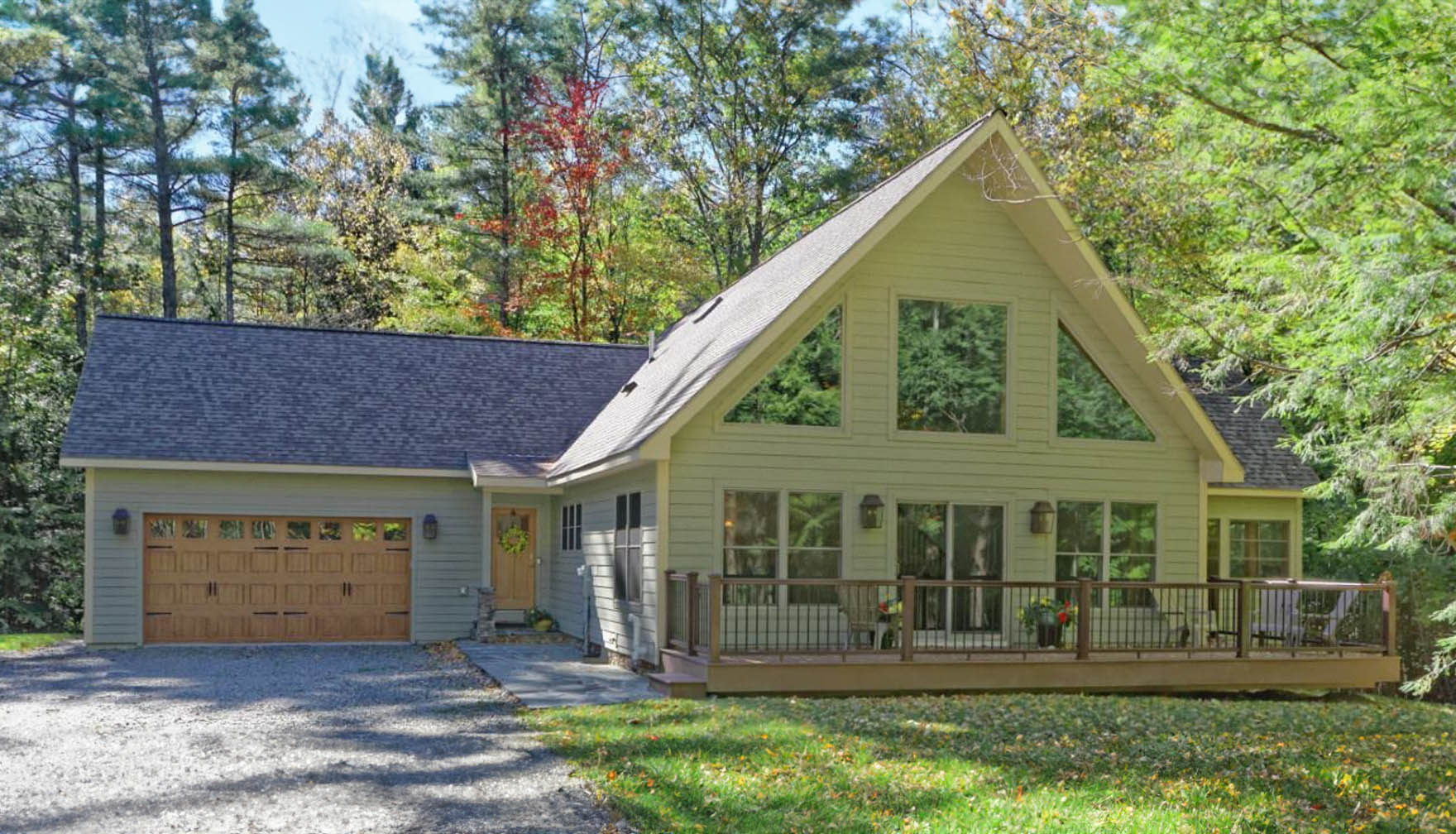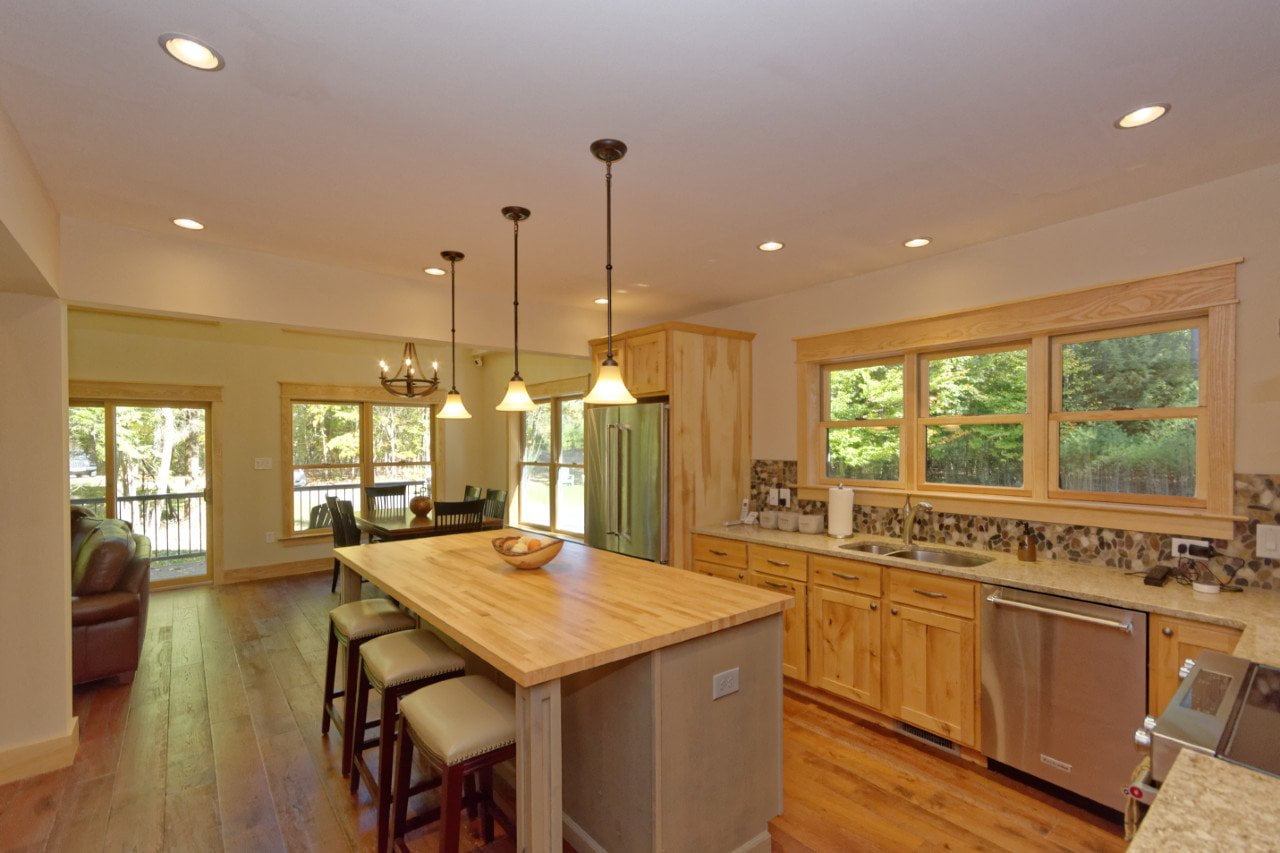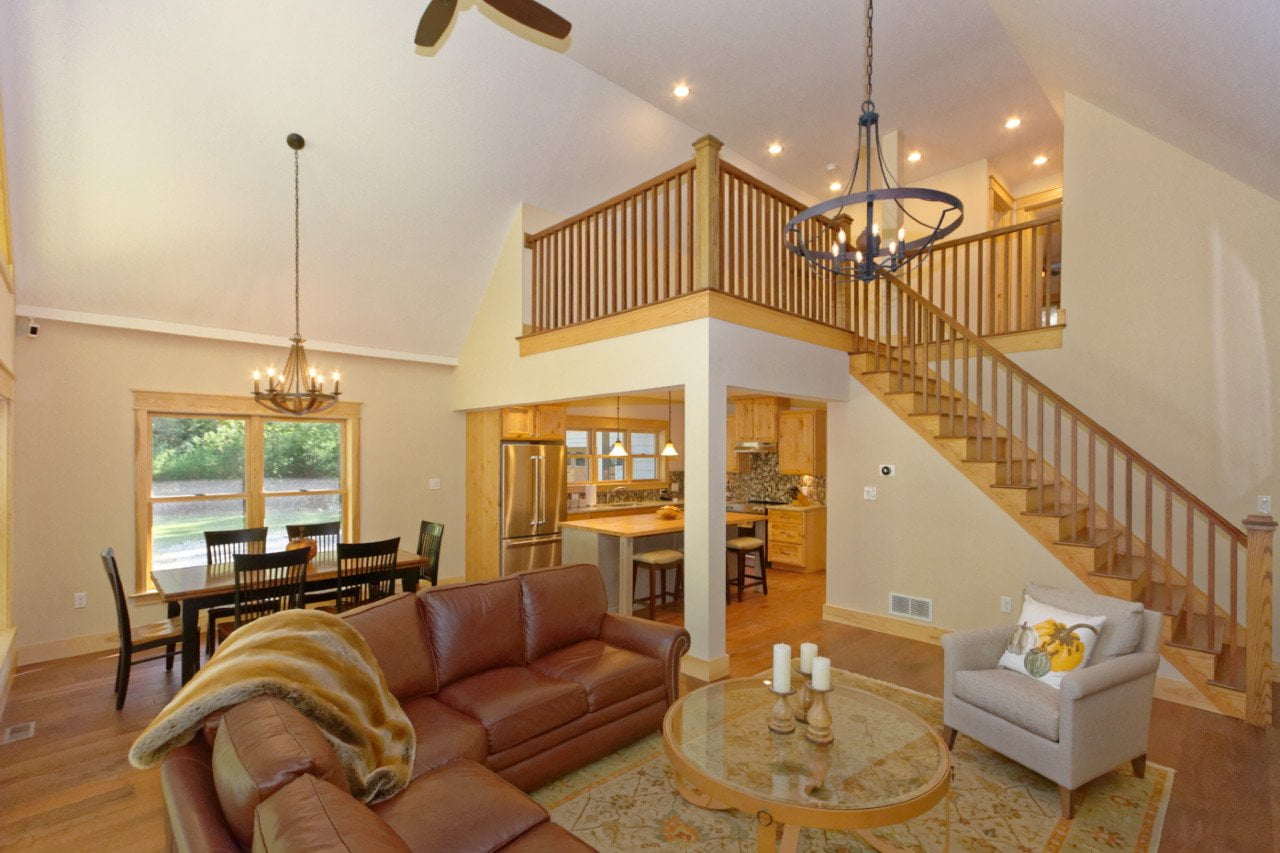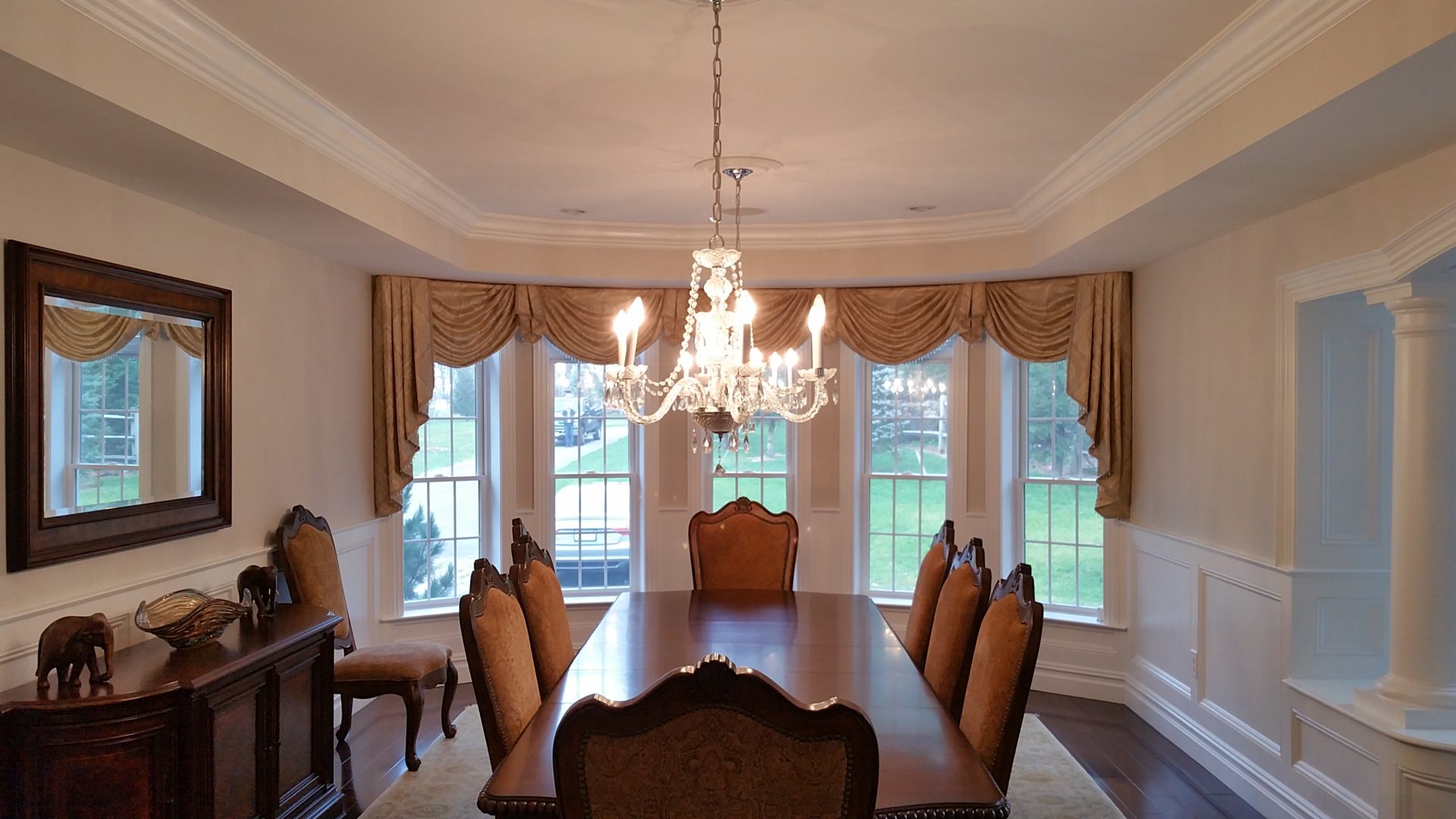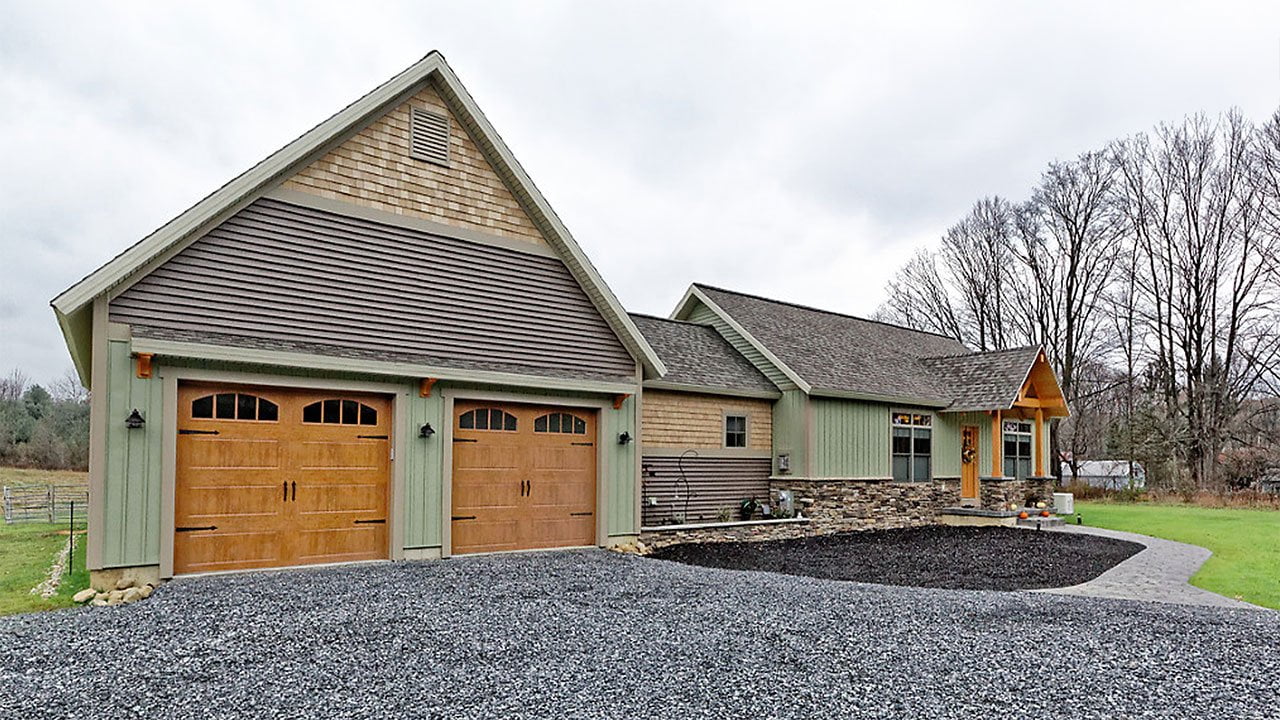The traditional modular process would see builders weld each individual component to one another to add structural integrity. This method can prove time-consuming. Iron Valley Modular’s coupling system allows us to install individual corner pieces to our steel modules while in the facility. Using a series of bolts and pins, we can minimize the amount of time welding that is required on site during installation.
A building constructed using modular methods will last as long (if not longer than) a traditional site-built structure. Again, the building is constructed to the same building codes, and must meet the same wind, snow, and seismic conditions. While there is limited research to prove this point, one such study does exist. Following Hurricane Andrew in 1992, FEMA commissioned a study called “Building Performance: Hurricane Andrew in Florida” comparing site built, modular, and manufactured housing. In that report, FEMA found “Overall, relatively minimal structural damage was noted in wood-framed modular housing developments. The module to-module combination of the units appears to have provided an inherently rigid system that performed much better than conventional residential framing.”
It is helpful to think of “modular” as a construction process rather than a building type. A modularly-constructed building simply means that the materials were delivered to an off-site location (the modular manufacturing facility), assembled in components or three-dimensional building modules, then transported to the final site for assembly. As such a building constructed in this manner must still meet all the same building codes and requirements as if it were built on-site. This is most commonly a version of the International Building Code (IBC) in the U.S. or the National Building Code (NBC) in Canada.
On average, modular homes only take approximately 4 weeks to construct in our facility. Once completed, your modules are then shipped to the project site, where our set crew will position everything into place. We can have a house fully assembled and ready for move in within 1 day!
Will this interest lead to greater adoption of modular construction? If history is any indication, we will see a significant shift toward modular and offsite construction techniques over the next five years as more of the skilled labor force retires. The construction industry will (and must) evolve into a more industrialized and automated process—it is just inevitable. Every major industry has undergone this same transformation. The construction industry is the last holdout, clinging to a lost cause. Companies that build using modular methods now and build these techniques into their strategic plans will be more successful more quickly than those who put off making the transition to modular.
